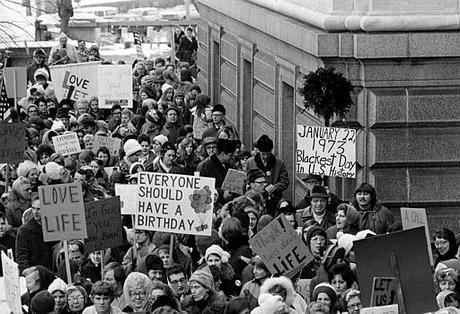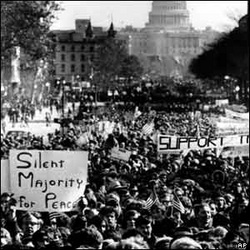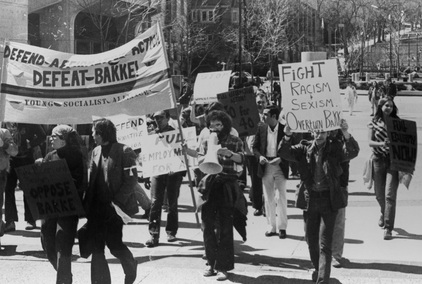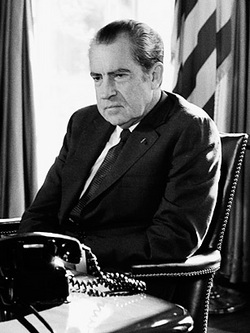Supreme Court Cases
US v.s Nixon: (1974), the U.S. Supreme Court recognized the doctrine of Executive Privilege but held that it could not prevent the disclosure of materials needed for a criminal prosecution. The case arose during the Watergate political scandal, which involved President richard m. nixon and numerous members of his administration. The Court had to consider whether Nixon was required to turn over secret White House tape recordings to government prosecutors. Nixon claimed that the doctrine of executive privilege allowed him to refuse to release the tapes, while prosecutors argued that they had a right to obtain evidence of possible crimes, even if that evidence was held by the president of the United States.
Roe v.s Wade: (1973)

Was a landmark decision by the U.S. Supreme Court that declared a pregnant woman is entitled to have an Abortion until the end of the first trimester of pregnancy without any interference by the state.
New York Time v.s United States (1971)

Often referred to as the Pentagon Papers case, concerned the government's attempt to prohibit the New York Times and the Washington Post from publishing portions of a secret government study on the Vietnam War. The documents in the study became known as the Pentagon Papers. The United States contended that publication of the Pentagon Papers could prolong the Vietnam War and hinder efforts to return U.S. prisoners held in Vietnam. The Times and the Post claimed that the government was engaging in Censorship. Thus, the case pitted the rights of the newspapers under the First Amendment against the duty of the Executive Branch to protect the nation. The case drew significant national attention as it went through the judicial system and the public wondered what the Pentagon Papers contained.
Board of Regents v.s Bakke:

In the mid 1970's Allan Bakke, a white graduate student, protested his inability to enter medical school at the University of California at Davis. He arugued that affirmative action programs prevented him from entering and were denying him his rights under the 13th and 14th amendments of the Constitution. It was during the 1970's that there were protests of "reverse discrimination" or giving of preference to minorities over "whites" in many facets of life. The court case reached the Supreme Court and was settled by a split 5-4 decison in favor of Bakke. The court said racial quaotas must be eliminated but as Supreme court Justice Lewis Powell commented the " ..race can be a factor but only one of many to achieve a balance." In other words race could not be a decisive factor in admitting or excluding applicants. Affirmative action policies continued, but was further defined.

